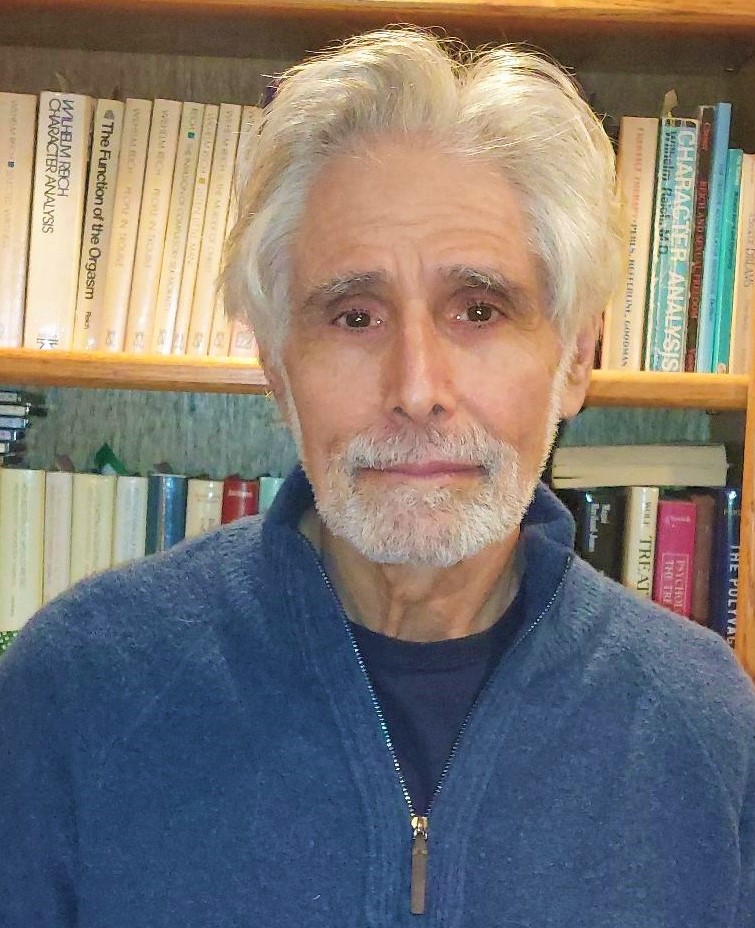On April 12th, Sasha Strong presented their presentation on “Contemplative Psychotherapy”: Clinician Mindfulness and the Necessary and Sufficient Conditions for Therapeutic Change”. Sasha is an LPC intern and PHD candidate, and currently practicing in Portland, Oregon.
The presentation consisted of a captivating combination of didactic and experiential learning. Sasha led the group, firstly, through an exploration of the connections between Contemplative Psychotherapy (CP) and Carl Rogers’ famous view of necessary and sufficient conditions for therapeutic change. Contemplative Therapy is a modality that incorporates Buddhist Psychology and secular contemplative practice into a training modality. Specifically, CP focuses on clinician mindfulness and incorporates meditation into clinical practice. Sasha also connected Carl Rogers’ necessary and sufficient conditions—which consist of the belief that therapeutic change, as opposed to any treatment plan, must necessarily embody congruency, empathy, and unconditional positive regard on the part of the therapist toward the client— with several core tenants of Contemplative Therapy.
Sasha explained the concept of Brilliant Sanity, which can be understood as a belief in the wisdom of all experience. Emphasizing experience, Brilliant Sanity reflects a sense of openness, “warmth of the mind”, and “wakefulness of the client and the therapist”. Connecting this to Rogers, Sasha relates Brilliant Sanity to the genuineness of the therapist.
Lastly, Sasha led us in an experiential exercise. Beginning with a meditation, Sasha instructed us to observe from a place of unconditional regard, inspiring us to take in our felt experience openly, without judgment, and cultivate a place in our minds that observes the experience itself. Next, we engaged in a dyadic experience in which we were directed to choose a partner, and each engage in “beholding” and being “beheld”. In this moment of connection, the beholder was instructed to simply gaze upon and open themselves to the experience of their partner. Meanwhile, the beheld was instructed to just be, and allow their experience to be held. The partners then switched. Between each experiment, Sasha led a brief meditation. Reflecting on the experience, many of us shared how much more comfortable we were in the role of holding. To be held can feel quite vulnerable. Yet it also demonstrates the therapeutic quality of mindful presence and intention in offering one a healing space. In spite of sitting in the same position with the same person, the therapist’s mindful intention made a difference in the depth and quality of the interaction.
To learn more about Sasha Strong and their practice, Brilliancy Counseling, please visit:




